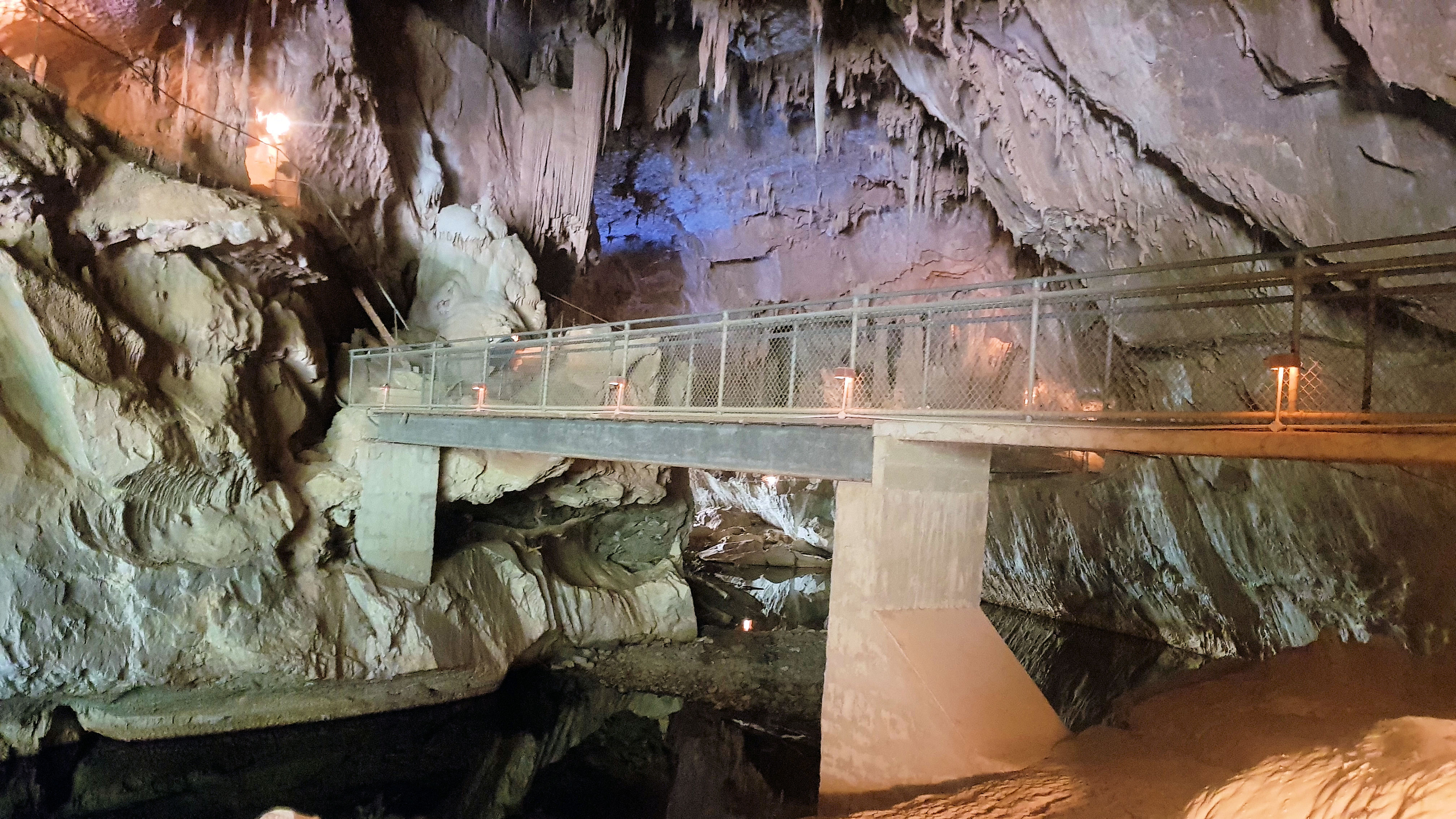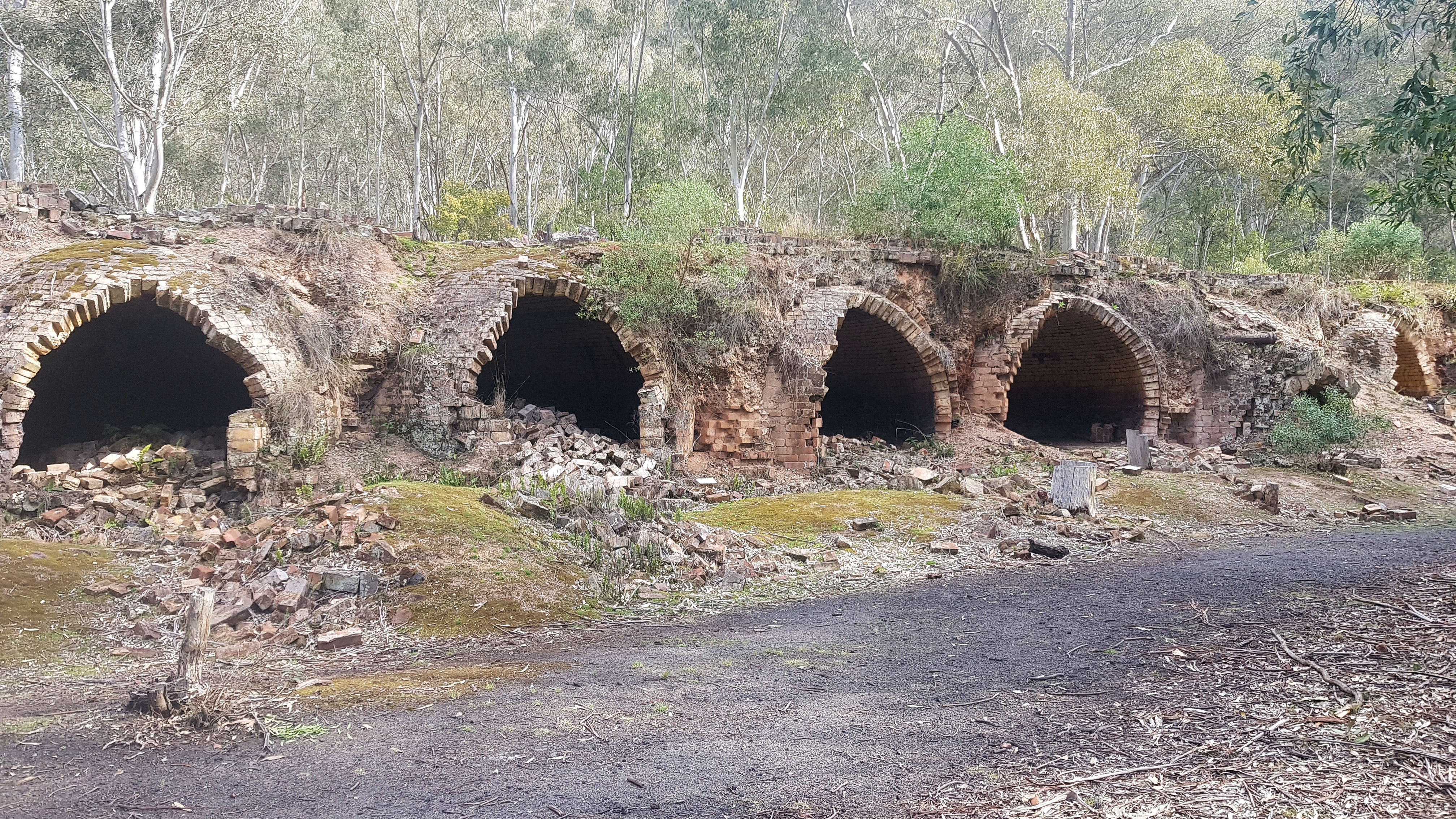Tag: Lithgow
-
Abercrombie Caves and Bushrangers

Abercrombie Caves Abercrombie Caves offer a great self guided as well as several accompanied tours of their caves. Use care when driving on the access road down to the caves, as it is windy and narrow, with many blind spots. Camping sites are available and a large car park next to the park’s office is… Read more
-
Small Arms Factory Lithgow

The Small Arms Factory in Lithgow is a reminder of Australia’s industrial past when the country was self reliant and able to produce its small armaments. Now disused the factory is merely an empty shell, although Thales still operate part of the site. However the old administration building is now a museum displaying items once… Read more
-
Newnes Industrial Ruins Walk

Newnes Industrial Ruins Walk Located in the Wollemi National Park the Newnes Industrial Ruins Walk takes you through the decaying ruins of a once thriving shale oil processing plant. Established in 1902 and closed in 1932 due to the availability of cheaper crude oil, all that remain are decaying buildings and processing plant. Getting There… Read more